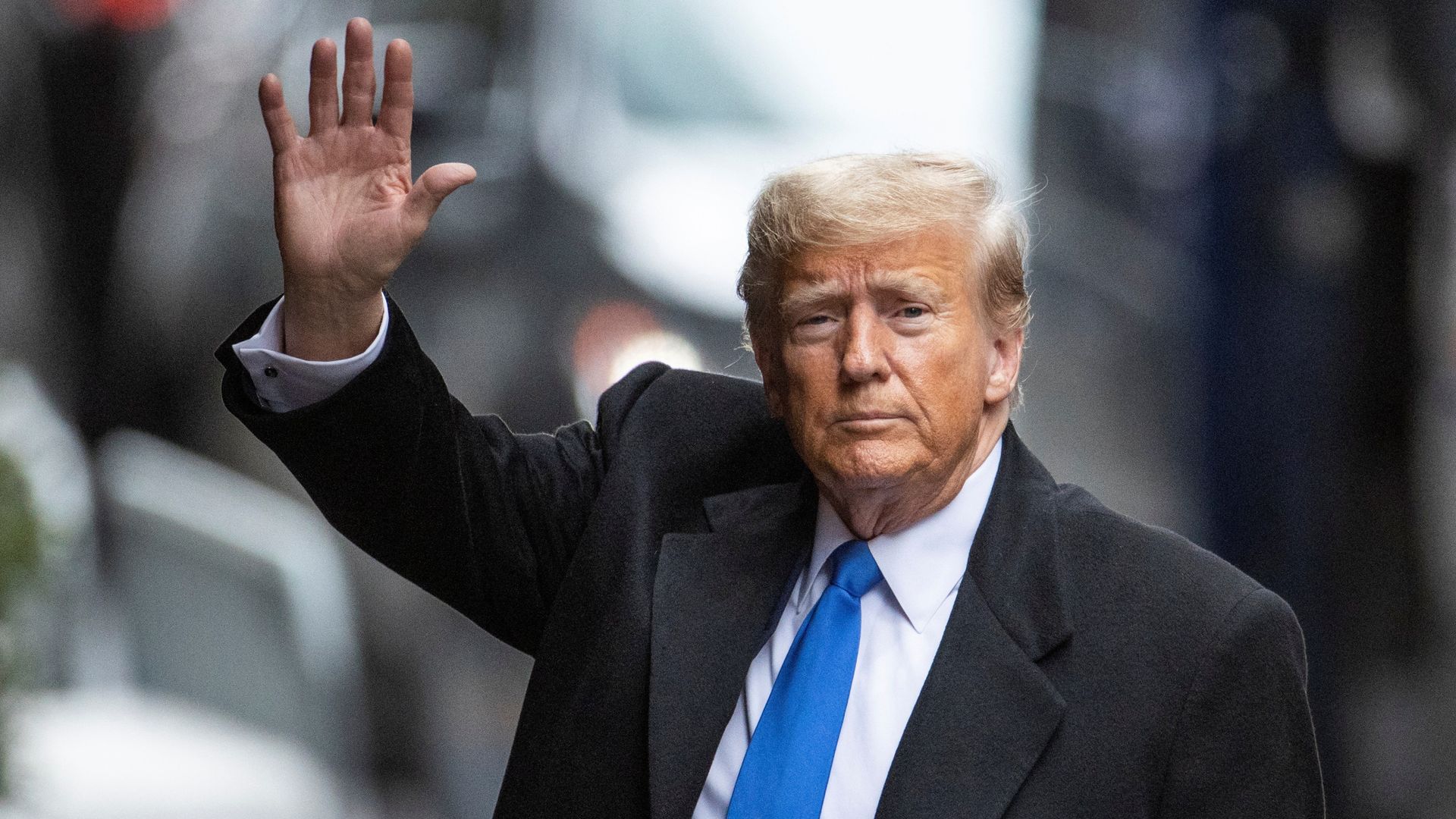
Paralympic athletes will no longer have to hide tattoos of the Olympic rings after the International Paralympic Committee dropped a long-standing rule about covering up ink of brands or logos.
The IPC announced the ban’s lift on Friday, August 23, without offering a reason for the change. “Athletes with such tattoos do not need to cover them up,” Craig Spence, the IPC’s chief brand and communications officer, told The New York Times in an email on Friday.
Previously, Paralympic athletes who didn’t hide their Olympic ring tattoos in competition could face penalties from the IPC or disqualification.
While casual observers may think that the Olympics and Paralympics are two prongs of the same organization, that’s actually not the case. Since 1988, the Paralympics have been held in the same host city as the Olympics, but the two events each have their own governing organizations — and their own logos.
Look Back at the Biggest Olympics Scandals Ever
The Paralympics logo, called the Agitos, depicts a swirl of red, blue and green crescents. The logo’s name derives from the Latin definition of “I move.”
Despite the existence of the Agitos, many Paralympic athletes have the more recognizable Olympic ring logo tattooed on their bodies to commemorate their experiences. But because the Olympic rings are trademarked by the International Olympic Committee, the IPC previously held that a ring tattoo was an advertisement for a competing brand.

Swimmer Rudy Garcia-Tolson had the rings tattooed on his left shoulder after winning a gold medal in the 2004 Athens Paralympics and later covered the ink once the IPC began cracking down. During the 2021 Paralympics in Tokyo, however, he was initially disqualified when the Sharpie he’d used to cover the tattoo washed off during the race. He appealed the decision and was reinstated.
“Having a logo on our bodies that signifies our journey, our experience as athletes — it’s important to so many of us,” Garcia-Tolson, 35, told the Times. “For me, my journey to the Paralympics is those Olympic rings. That’s what it signifies — the pursuit of being the best.”
Garcia-Tolson, who has won two gold medals, two silver and one bronze in the Paralympics, is planning to return to the event in 2028.








